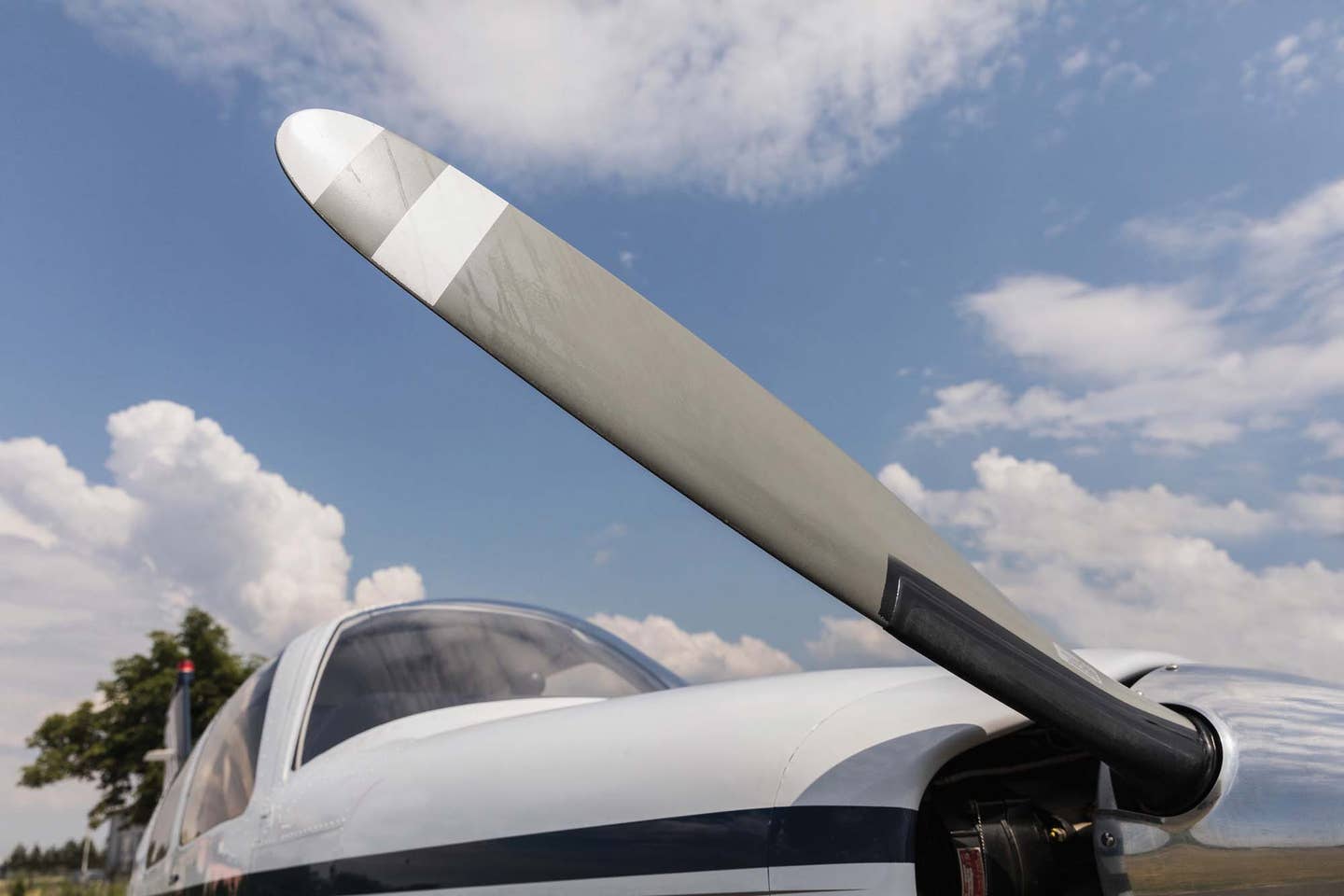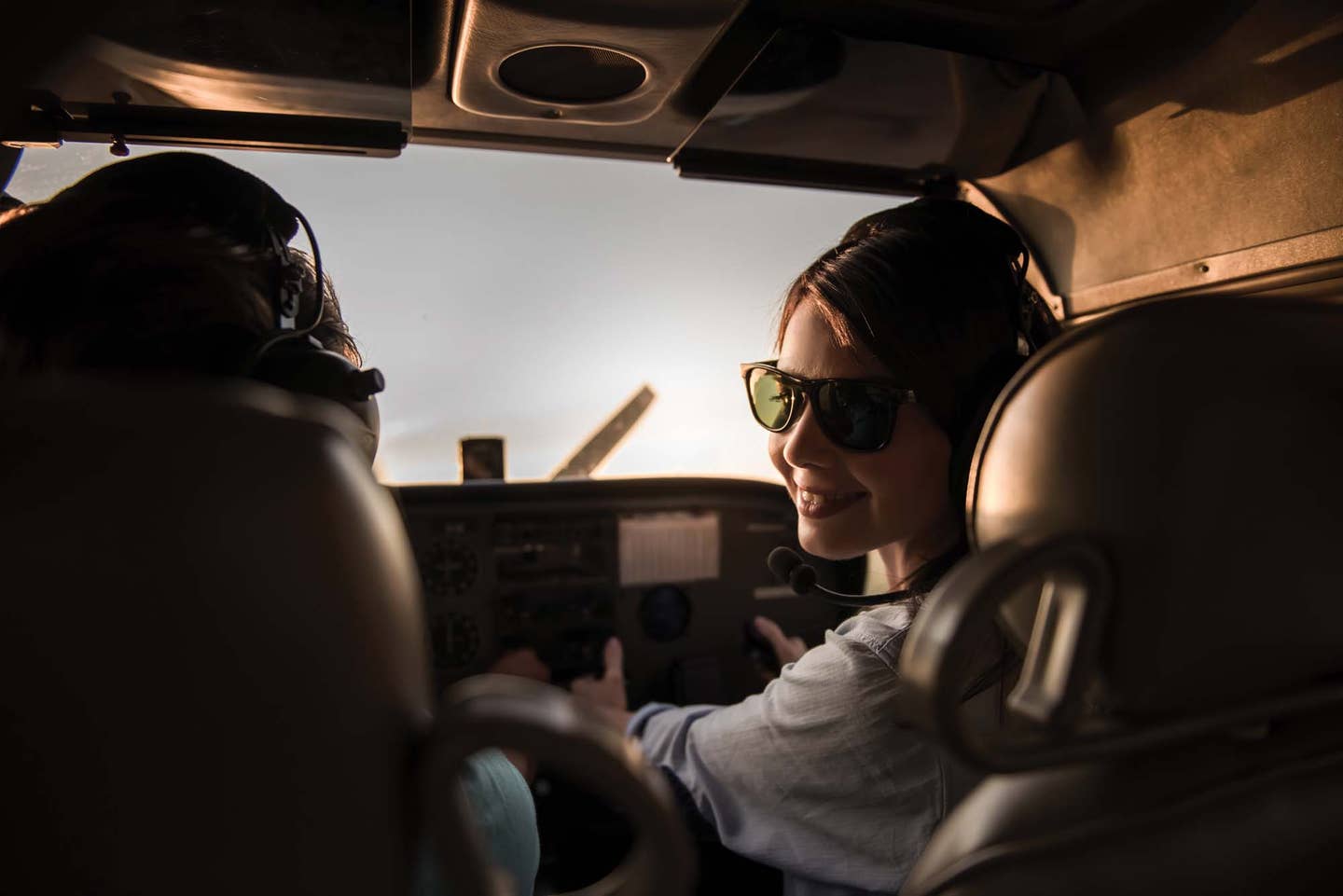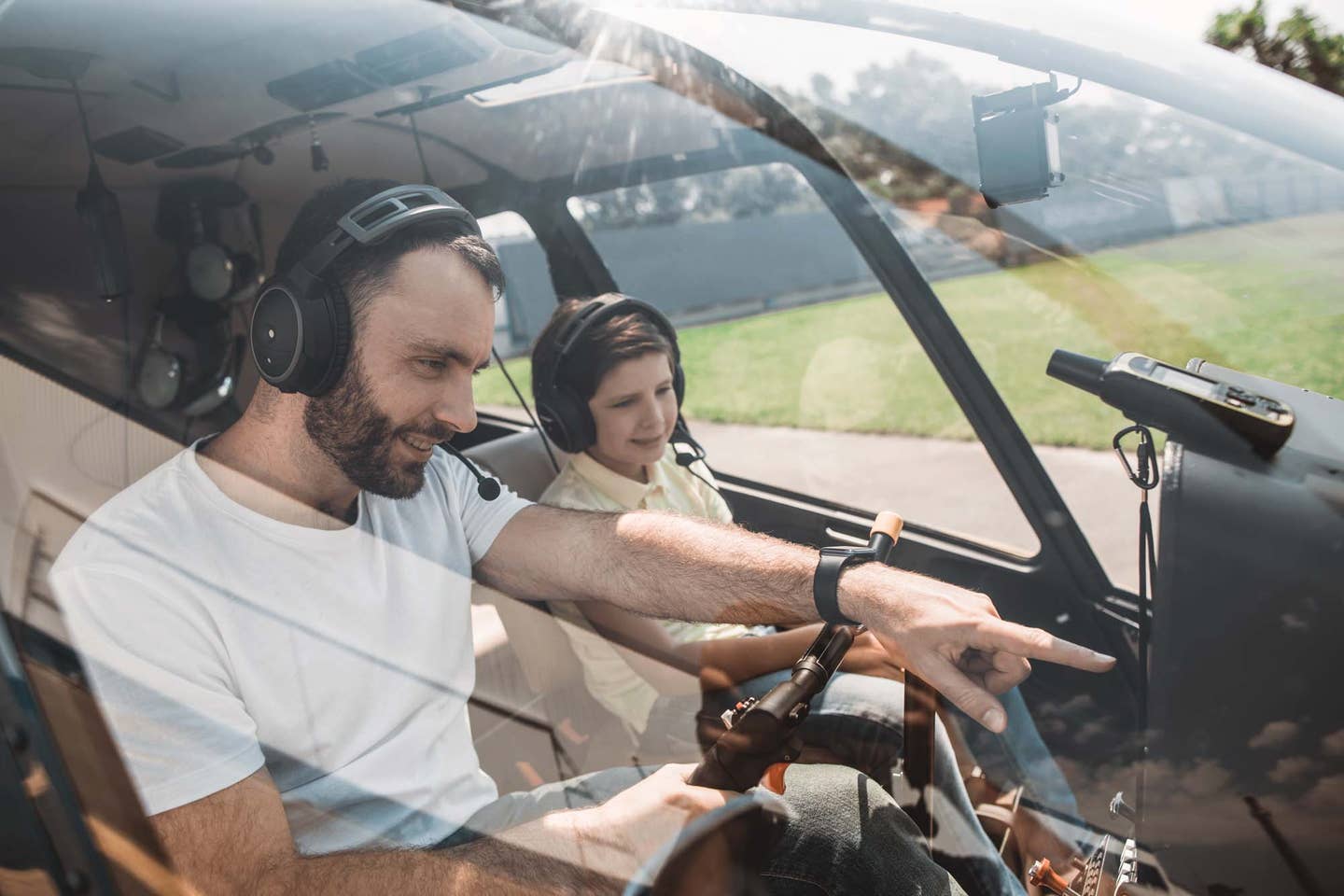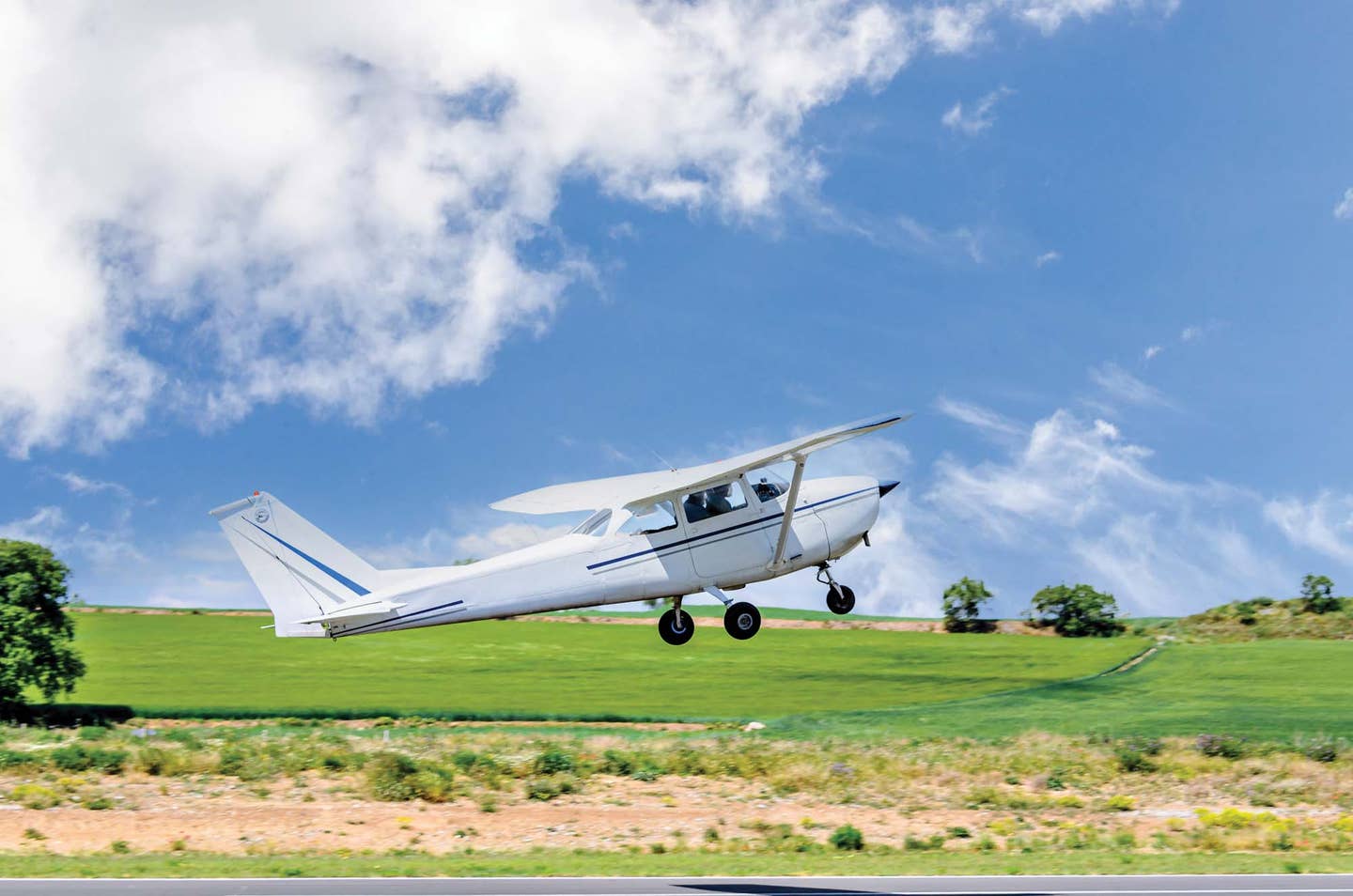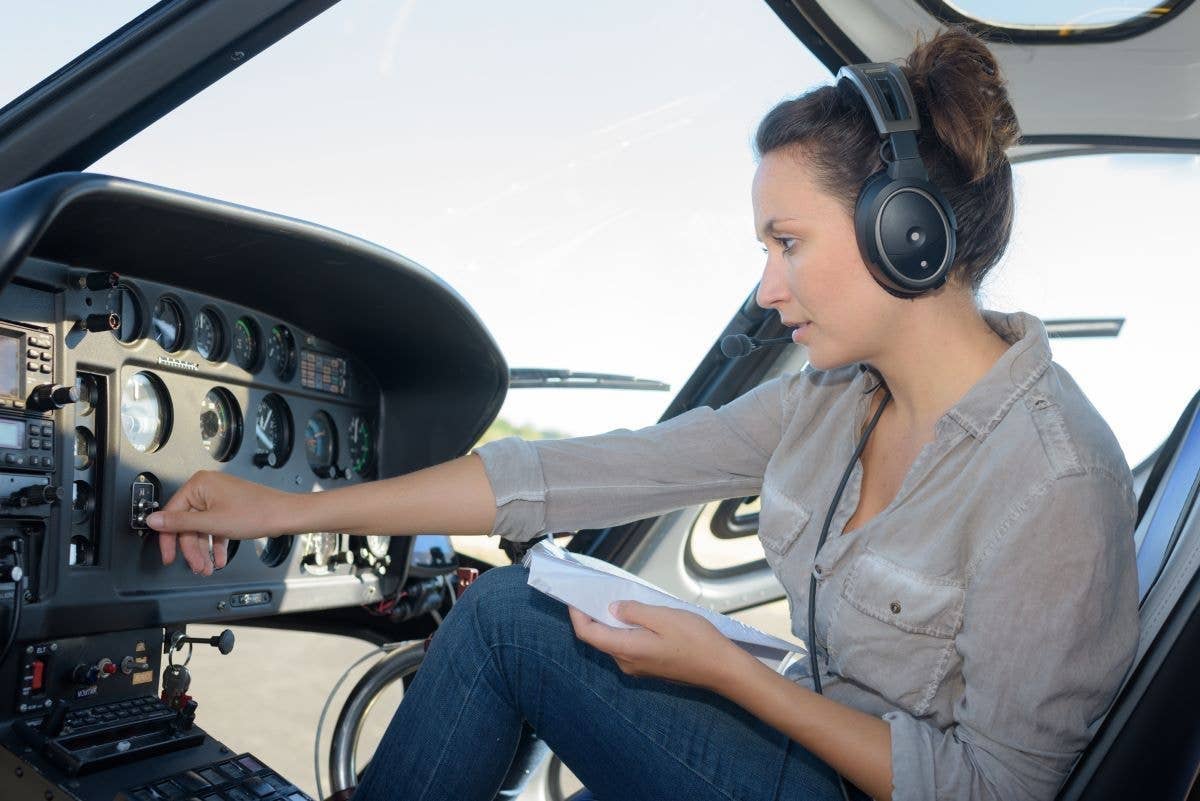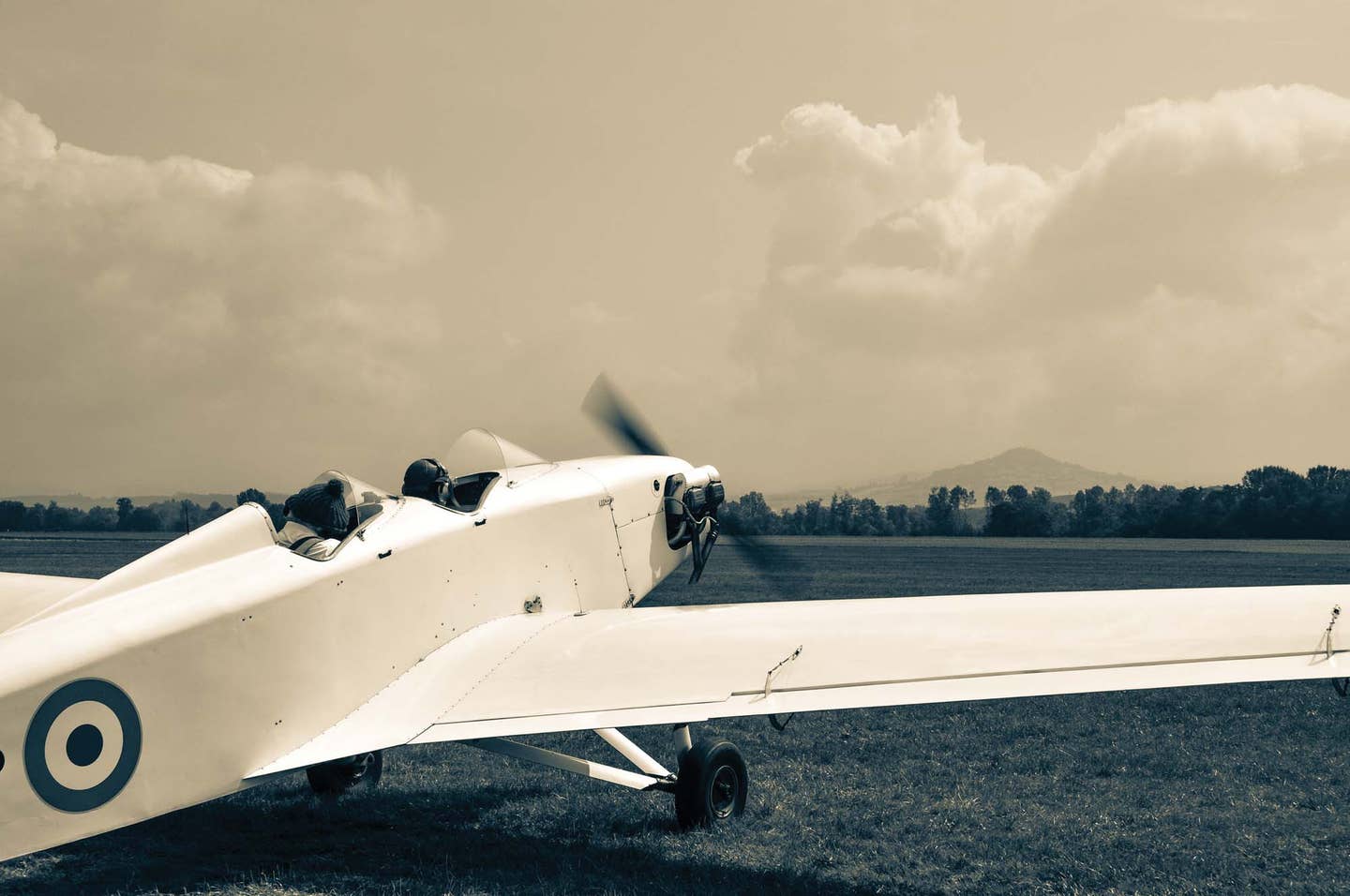Negotiating the Obstacle Course
Learning to fly always presents challenges, making it a lifestyle, not just a pursuit.
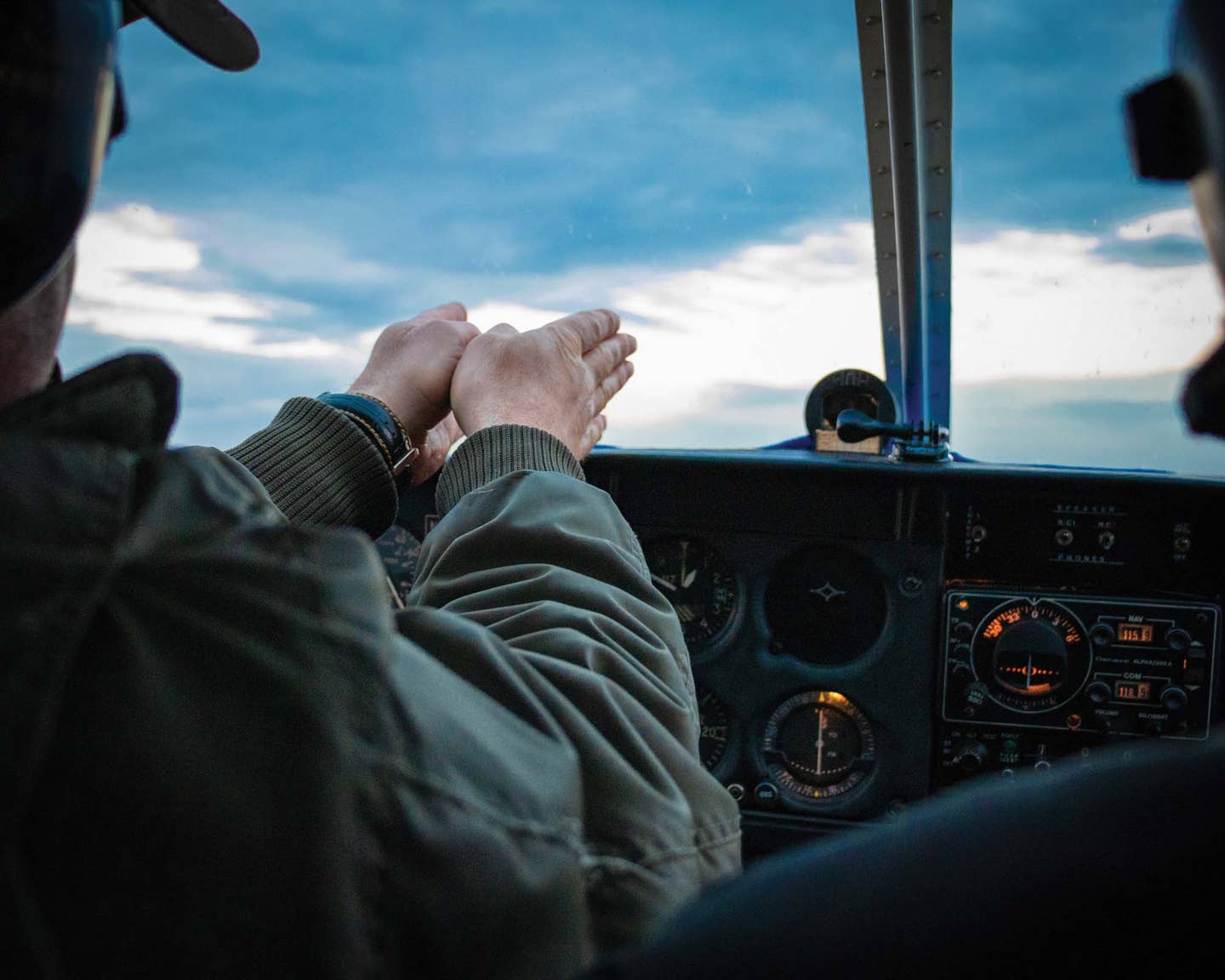
There may not be physical barriers in place that limit access to flight training, but there are other types of obstacles that make it different from other activities. As when doing anything completely new, you’ll have to work your way through a strange, unfamiliar world.
Learning to fly requires the acquisition of physical skills as well as the absorption of reams of newfound knowledge, theories, and terms unique to flight. All of those who’ve gone before have faced the same challenges. Yet, today’s environment calls for preparing newcomers for some hurdles that are shaped a little differently than the ones seen earlier.
“If this were easy, everybody would be doing it,” as the saying goes. When it comes to flying, truer words were never spoken.
If flying were as simple as driving, it would lose much of its attraction. The challenge of tackling a difficult, even potentially hazardous, endeavor is a reward in itself. And aviation never ceases to present challenges, making it a lifestyle, not a simple course of study.
There’s room for pilots of every stripe—those after a career, the ones needing an adjunct to a business, the seekers of pure recreation, and those wanting another personal travel option. There are challenges in pursuing each of these tracks.
Where Do I Go?
To a beginner, the atmosphere of an airport requires some discernment.
Two distinct sets of airport accommodations have evolved in recent years—the sanitized, secure world of business aviation terminals, with a lobby of polished marble and chrome that carries all the warmth of a dental office, and the semi-abandoned rumpled ambiance of a recreational airport, looking for all the world like a weekend hunting lodge. In both cases, inquiring student pilots may wonder if they are in the right place. Everyone is so taken up with their own tasks that a disoriented stranger may be tempted to look for a bell to ring just to get someone’s attention.
The business terminal probably has an efficient, overworked receptionist, required by security paranoia to guard the doorway to the parking ramp against errant individuals. Somewhere, off in one of the lesser-used rooms, is a flight training desk, to which you will be ushered for your appointment. And sure enough, behind the sterile facade, you will find a break room where pilots can mingle to talk flying around worn chairs.
By comparison, a sport-flying airport’s office may be camouflaged as a lean-to shed on the side of a hangar, where an unmarked door with peeling paint opens onto a disheveled world of abandoned Styrofoam cups and well-thumbed magazines. Strangers are viewed with as much distrust as at the bizjet terminal counter, requiring a proper visa to be shown for admittance. Fear not. Once inducted you’ll be able to claim this homey, lived-in place as your own.
A private club atmosphere in aviation is part of its mystique, but it often leads to misunderstanding by the general public happening to make casual contact. An impression may be given that only those on official business are welcome. As I stress to visitors I escort around our airfield, this is a public facility—treat it as your own, but don’t abuse it. Feel free to park and watch the planes come and go, and walk around all you like.
If we in general aviation don’t make the non-aviator feel welcome, we may find our airport paved over for a strip mall someday.
There’s No Right or Wrong Way
Another source of confusion for learners is the oft-heard objection, “We don’t do it like that,” usually given by a self-appointed, expert old-timer. Pilots who learned to fly 20, 30, or 40 years ago are constantly carping about how the world has gone to hell, how aviation sure isn’t what it used to be, and how much more fun it was back then. This can lead a new pilot to wonder if this diminishing business is worth all the time and treasure they’re putting into it.
And the fact is, things are different today, just as things were different when today’s chronic griper learned to fly two decades ago under conditions then far removed from the world of old-timers of that era. We have more rules now, there’s more traffic around some airports, and everything costs more—but it’s all relative. Today’s learners will naturally adjust to the conditions of this age and will probably tell their kids how cheap flying used to be.
Pilots learning to fly now should ignore doom-and-gloom types and dedicate themselves to the preservation of our freedoms.
Eternal Unpredictability
We live in a time of instant-redo fixes for everything, so it comes as a shock to beginner pilots that things don’t always work out as planned in aviation. There are limitations imposed by weather, airplanes may be down for inspection longer than predicted, and sharing access to an airplane depends on the other person’s success at keeping a schedule. Airplanes are not cars, and we have to learn that they can’t be operated like automobiles.
The risks of aviation must be managed with flexibility. When a preflight inspection turns up a frayed tire, it’s imperative that it be fixed before the airplane flies, even if that means scrubbing today’s mission. It’s not likely that the repair shop will have someone standing by to yank it off while you wait, even if there’s an FBO at the airport with the right tire in stock. Student pilots have to adjust to the reality of being able to fly only if everything works out.
The very day a dual cross-country flight is scheduled as the next lesson on the syllabus, a weather front will stall out across the route. So that carefully plotted learning experience is deferred, and another hour of touch-and-goes is substituted for it. Part of flight training is learning when not to attempt a particular task.
How to Pay for It
Can’t afford to learn to fly? Nothing much has changed in the 63 years since I earned my private license. I finished up $200 in debt, and that represented one-third of the cost of my training. But I knew I should finish the course and then pay off the debt with the certificate earned. My menial job paid but $1 per hour, and I could afford one lesson a week—most weeks.
The point is, as far back as I remember, airplanes have always been expensive luxuries, and if we wanted to fly them, we always had to give up some other part of our life. Saving up a portion of the cost or adding debt to learn to fly is about acquiring discipline, as much a part of aviation as life itself. I wish I could hand out free scholarships to every deserving learner, but the fact is, nobody makes a big profit from light aviation. Your flight school is probably already in negative cash flow, so don’t expect freebies unless you trade out work for air time.
As daunting as the financial hurdle appears, it can be cleared with sacrifice and extra work. Take on a second or third job, keep the old car running, and dedicate yourself to achieving something unique—your pilot’s certificate.
You’re Not All That Different
You may think you can’t fly because you don’t see a lot of pilots like you.
Look beyond the classification you think you’re in. Airplanes don’t see your differences—they are going to treat you the same as anyone else when you grab hold of the controls. You are becoming a pilot—period. Not a hyphenated, first-of-your-kind, special pilot, but a pilot like all the others you see in the break room.
More than most aspects of society, aviation has been a great equalizer. If you prove yourself by earning wings, you’ll be accepted as what you are, a pilot like all the rest. That’s not to say you can’t run into a thick-skulled, bigoted idiot in your flying journey, but they are rarer than you’ll find in less demanding activities.
Don’t ask for your flaws to be overlooked, just expect to be given the same training as all the other learners and become the pilot you want to be.
Terminology
Aviation’s lexicon can be perplexing because it’s new and strange.
Wading through the myriad acronyms, terms, and phraseology is one of the biggest obstacles I see learners struggling against. Even longtime aviators sometimes call the FAA “the FFA” when they get their mouth in front of their brains. V-speeds can be arcane because they have two meanings—a number to fly and a statement of purpose. Radio use has both an official distinctness, as set forth by the Aeronautical Information Manual (AIM), and a broader application in everyday use, when one seldom hears the term “over.”
The cure for becoming lost in the jargon is to study and listen. Don’t be afraid to ask for clarification when a term leaves you baffled. When you took up golf, you probably didn’t know a mulligan from a bogey, but you learned. Two of the least-used features of training texts are the glossary and index, supplanted by Google-ization. The publishers went to considerable trouble to include them, so use them to look up a term that baffles you.
Should ATC throw you a string of gobbledygook instead of a preconceived response, fall back on basic English to ask for clarification. Better to be thought a fool than to proceed blindly and remove all doubt.
I can’t remove all your training obstacles, but I can assure you that you’ll have plenty of company as you climb over them. Knowing that you’re not the first to deal with them makes the job less challenging.

Subscribe to Our Newsletter
Get the latest Plane & Pilot Magazine stories delivered directly to your inbox

